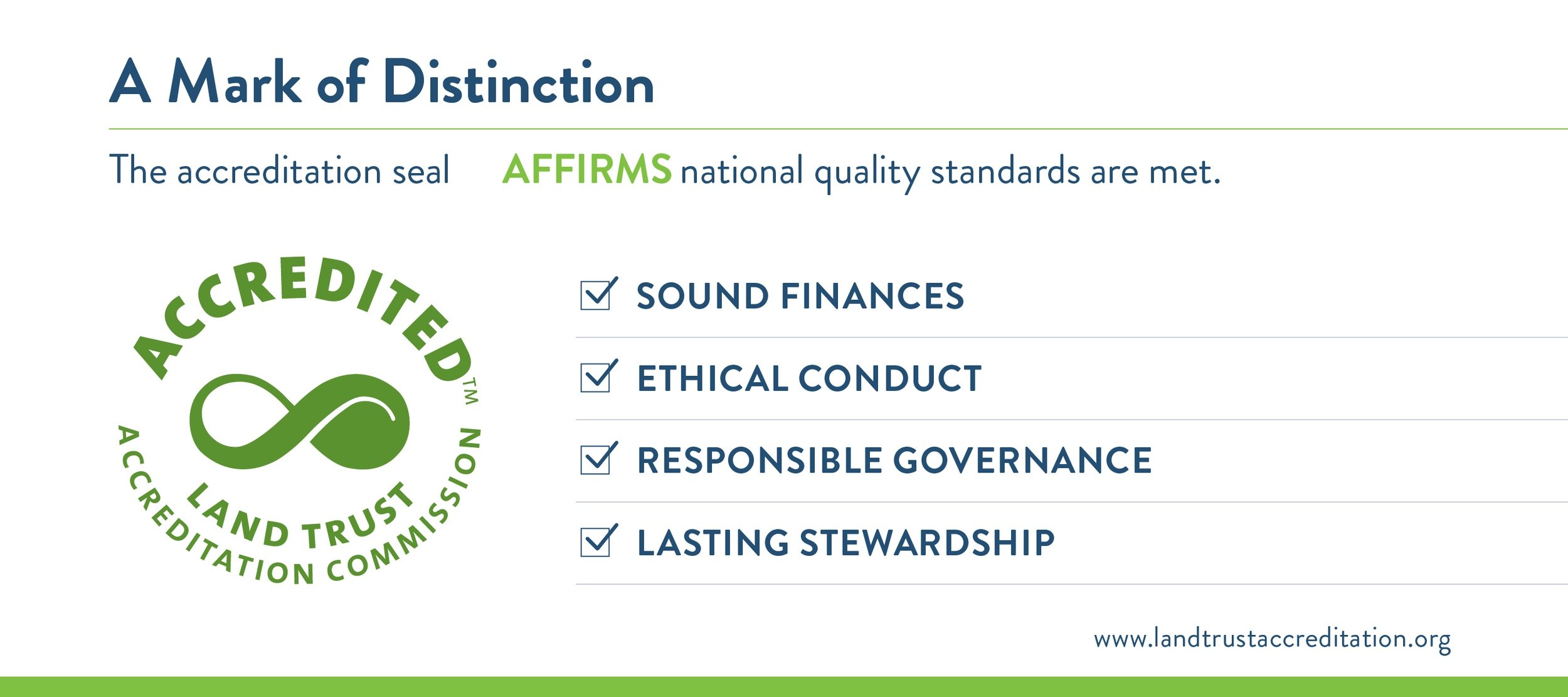Vaughn Branch
A Sanctuary of Natures Beauty
Third Sign - Half Way Down the Vaughn Branch Trail
History of Vaughn Branch
The City of Frankfort Commissioners voted to donate 34 acres of forest near the East West Connector to Woods and Waters Land Trust. Part of the original Carpenter Farm, the forest is on part of a commercial tract the city was selling that could not be developed. Woods and Waters Land Trusts thanks the City for its leadership in conservation!
The Soil
The soil within Vaughn Branch Nature Preserve plays a crucial role in shaping the local ecosystem. There are indications of variations in soil properties between primary and secondary forest areas within the preserve. These differences influence nutrient availability, species composition, richness, and the overall health of the forest ecosystem. Understanding soil characteristics is vital for managing the ecological health of Vaughn Branch Nature Preserve and ensuring the preservation of its diverse flora and fauna.
Fun Fact
As a result of monitoring, we know the forest’s bat population includes: big brown, eastern red, hoary, and evening bats.
Rainbow Darter
Etheostoma caeruleum
“Like other members of the darter family, the Rainbow Darter is a benthic (bottom-dwelling) species of fish, and specializes in using the gaps between rocky stream substrates for protective cover and opportunistic feeding. Rainbow Darters require clean, fast moving water and are considered an indicator species of overall watershed health, as their required habitat is degraded by erosion and siltation. Rainbow Darters often feed on an array of benthic macroinvertebrates such as Caddisflies, Mayflies, and Stoneflies.
Rough Green Snake
Opheodrys aestivus
“The rough green snake grows to 22 to 32 inches in length. It has a long, slender, bright green body covered with rough-looking scales and a white, cream or yellow belly. Rough green snakes are non-venomous and feed primarily on insects such as crickets, caterpillars and grasshoppers, though they will also eat snails, spiders and small frogs. They use their excellent vision to find and track down prey. When rough green snakes are within striking range of their prey, they assume spring-like curves with their body. They then straighten out their entire body at once, allowing the snake to propel its head toward the prey. Birds, larger snakes, domestic cats and even some large spiders prey upon rough green snakes. They do not bite and are relatively defenseless. However, they are well camouflaged in dense vegetation, where they hide from predators.” - University of Michigan Museum of Zoology and Florida Museum of Natural History
Eastern Red Bat
Lasiurus borealis
“One of Kentucky’s larger bats, this species can reach up to 5 inches in length with a wingspan of approximately 13 inches. Both sexes are predominantly orangish to rusty in color, with males tending to be more brightly colored than the females. The fur on both is frosted with white tips, especially on the back and chest. In contrast, the wing membranes are largely blackish, making for a beautiful pattern to the spread wing. The ears are relatively short with a blunt tragus. Unlike most other Kentucky bats, the red bat’s tail membrane is heavily furred. It is most frequently encountered in summer, although substantial numbers likely pass through during migration and some overwinter in the state. Red bats are rarely if ever observed in caves, although they may swarm with other bats at cave entrances in fall. These bats typically roost solitarily, rarely if ever forming small colonies. They forage along forest edge, streams, and often in residential areas around streetlights. They feed on a wide variety of insects including moths, flies, true bugs, beetles, cicadas, and even ground-dwelling crickets that are snapped up from the forest floor.” - Kentucky Department of Fish & Wildlife





